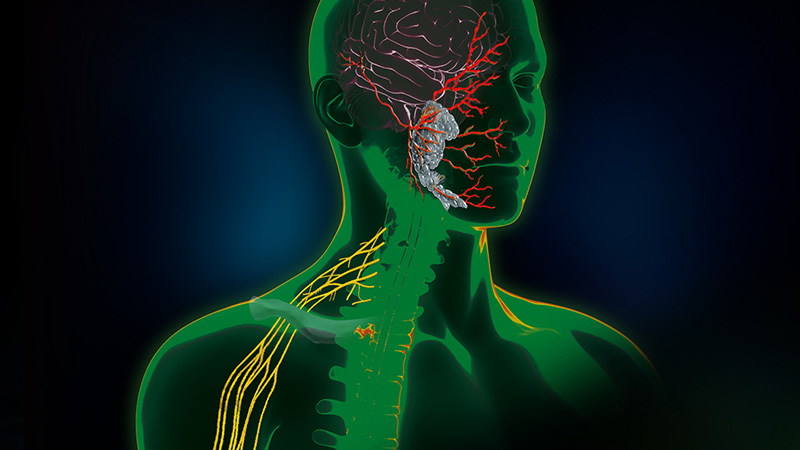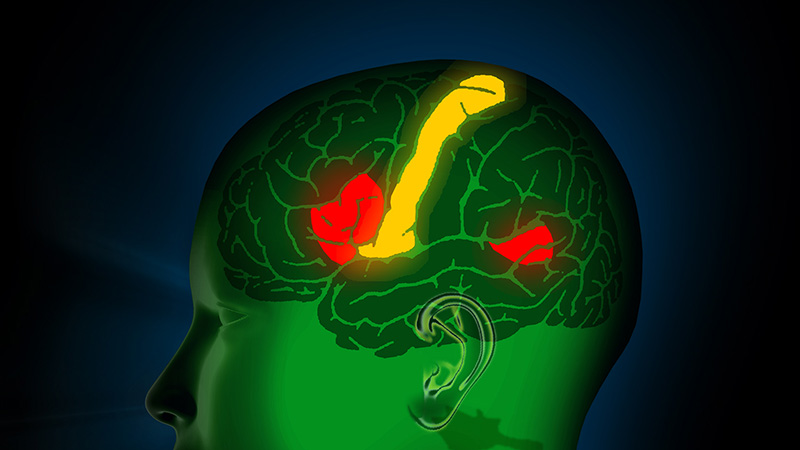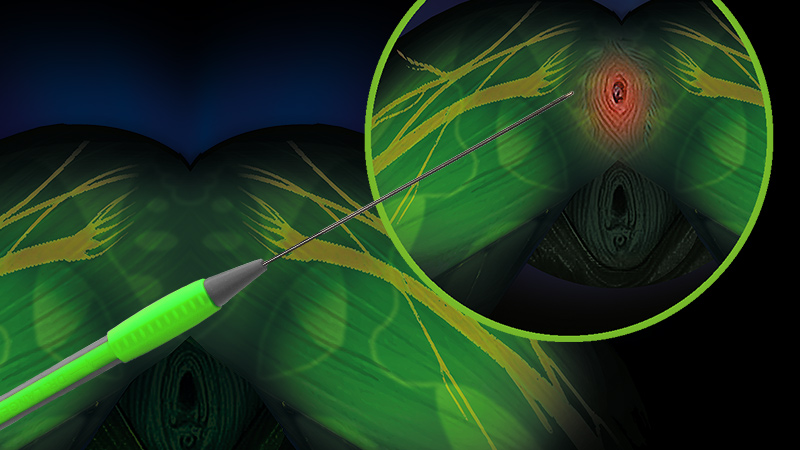TWISTER® MM
Multimodal electric neurostimulator for intraoperative stimulation of nerves, muscles and the cortex
NEW • SMART • EASY

Direct Nerve Stimulation
For nerve stimulation in ENT, OMS and skull-base surgery as well as peripheral nerve surgery

Cortical Mapping
For direct stimulation of the cortex in neurosurgery and epilepsy surgery

PSARP
For electrical muscle stimulation in paediatric surgery
Key Benefits
- Space-saving compact unit
- State-of-the-art touchscreen control
- Preconfigured user programs
TWISTER® MM comes with preconfigured user programs with matching stimulation parameters for easy operation. All program options are clearly displayed on the touchscreen and the stimulation settings can be directly selected.
When starting the software, you will see relevant operating instructions and cable connections, which contributes to the intuitive operating concept of TWISTER® MM, our compact stand-alone unit.
Applications
Direct Nerve Stimulation
With the “Direct Nerve Stimulation” user program of TWISTER® MM, motoric nerves can be electrically stimulated during surgery and their response can be verified visually or by palpation at the innervated target muscle. This method for localisation and functional monitoring is applied in the areas of ENT, OMS and skull-base surgery as well during peripheral nerve surgery.
Cortical Mapping
Direct stimulation of the cortex with the “Cortical Mapping” user program of TWISTER® MM has been designed for localisation of the motor areas in the brain and the speech centre in neurosurgery and epilepsy surgery. The anatomy of the cerebral cortex, which varies between individuals anyways, can be altered by tumours in the area of the nervous system. Getting to the tumour with as little damage to the surrounding tissue as possible and by preserving functional important areas of the brain becomes very difficult without technical assistance.
With TWISTER® MM, it is possible to visualise a map of the patient’s individual cortex and localise the regions of interest.
Illustration:
Motor centre, speech centre
(Broca’s area and Wernicke’s area)
PSARP
The “PSARP” user program of TWISTER® MM was specifically developed for electrical stimulation of the sphincter in posterior sagittal anorectoplasty (PSARP) according to Peña and de Vries.
Stimulation at a frequency of 50 Hz allows the localisation and functional monitoring of muscular structures important to preserving continence and of the access route necessary for reconstruction.
The goal of the treatment is longterm faecal continence and additional quality of life for the mostly very young patients in paediatric surgery.
Illustration:
Anal sphincter complex –
The stimulation pulses highlight
the relevant muscular structures


